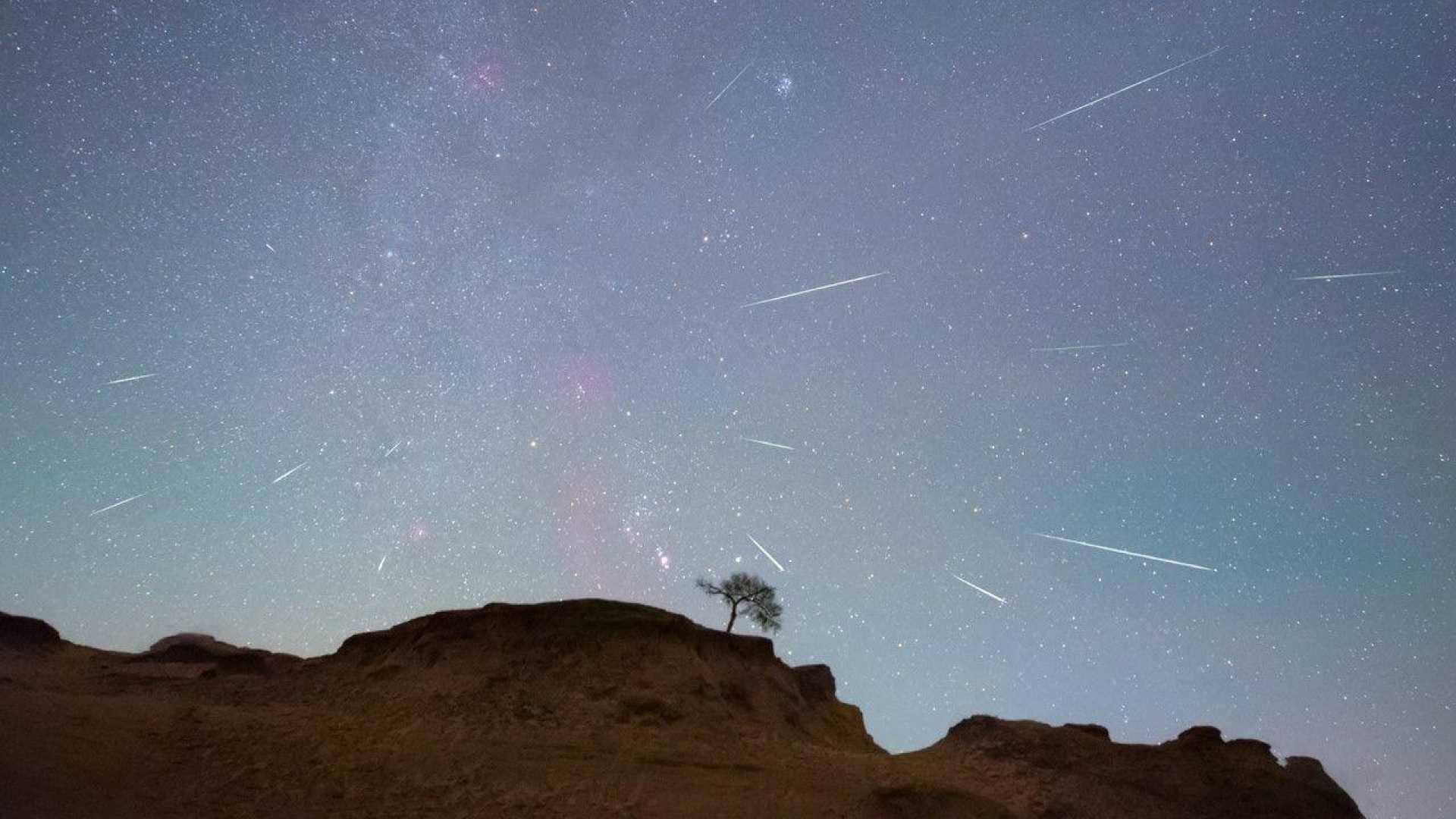News
Orionid Meteor Shower Peaks This Week, Clear Skies Expected

Washington, D.C. — Sky-gazers across the globe are gearing up for the Orionid meteor shower, which is expected to peak at 8 p.m. ET on Monday, October 21. This celestial event will occur under ideal conditions, thanks to a new moon that will allow the meteors to shine bright without interference from moonlight.
The Orionids are known for producing fast-moving meteors, with estimates suggesting viewers could see between 10 to 20 shooting stars per hour, depending on weather conditions. Robert Lunsford, fireball report coordinator for the American Meteor Society, assures stargazers that even if clouds obscure the sky on the peak night, they should still have other nights for viewing, as the shower remains active until October 26.
For optimal viewing, Lunsford advises looking toward the southern sky during local times between 10 p.m. Monday night and 5 a.m. Tuesday morning. The meteors appear to originate from the Orion constellation, making it best to direct one’s gaze approximately 30 degrees from the radiant point toward the zenith for the best experience.
The Orionid meteor shower is caused by Earth passing through debris from Halley's Comet, which has a 76-year orbital period. The comet’s last appearance was in 1986, and it is next expected to return in 2061. The shower is often accompanied by the Taurids meteor shower, which peaks imminently around November 4-5.
If you plan to observe the meteor shower, do so from a dark location, free from light pollution, and prepare for cool conditions. Stargazers should bring a blanket or reclining chair to make their experience comfortable. This week promises a spectacular view of the cosmic light show, with enthusiastic anticipation for what is expected on the peak nights.












